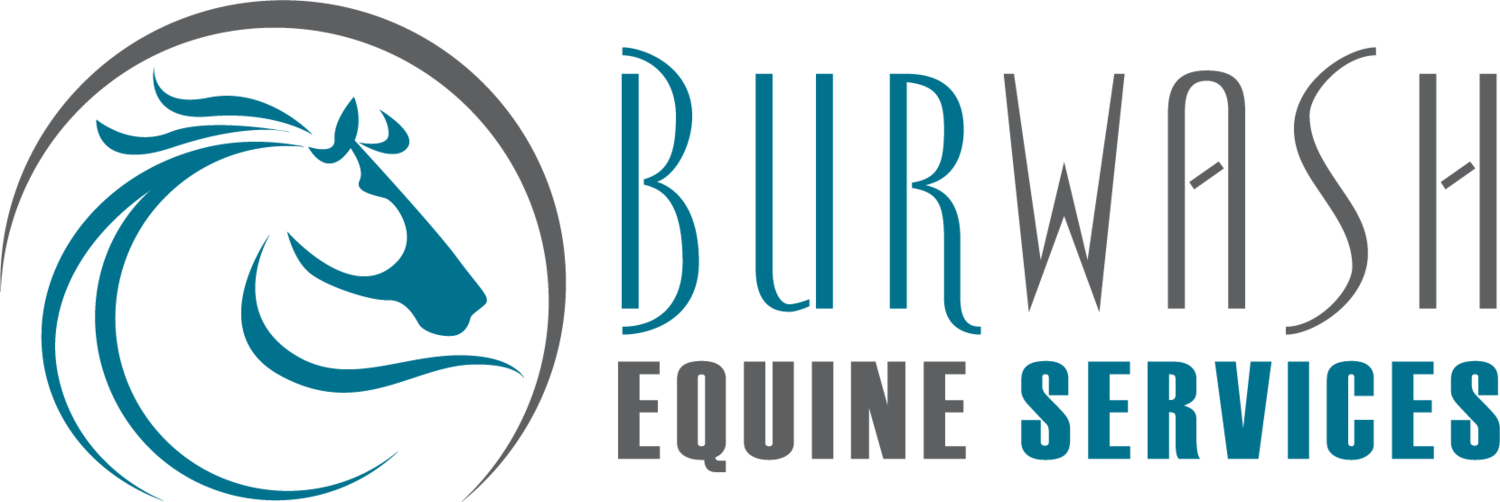Tooth(less) Tuesday: a Case of EOTRH
What is EOTRH?
EOTRH stands for Equine Odontoclastic Tooth Resorption and Hypercementosis. It is a painful condition affecting the dental tissues of the incisors and canines (front teeth). Most commonly, it is diagnosed in older horses (>15 years old).
Why do some horses get EOTRH?
There is no proven cause of EOTRH, though chronic inflammation of the dental tissues is suspected to be a contributing factor. A study conducted in 2013 identified excessive dentistry causing dental trauma, certain bacteria, Equine metabolic syndrome & Cushing’s disease, and lack of grazing as risk factors (Pearson et al., 2013 Associated Risk Factors of Equine Odontoclastic Tooth Resorption and Hypercementosis).
How is EOTRH diagnosed?
EOTRH is usually diagnosed with x-rays and characteristic signs. During a routine dental exam, your veterinarian may recommend to take x-rays of the incisors, especially if there are signs such as gingival recession & irritation, bulging of the tooth-root under the gums, discolouration of the teeth, or loose teeth.
Clinical signs include slow eating, salivation/drooling, signs consistent with EMS/Cushing’s disease, and painful response to having the mouth handled. Because EOTRH can take a long time to develop into the most painful and advanced stage, owners may notice subtler signs in the earlier stages. These include reluctance to accept hard treats (such as a carrot) with their front teeth, exhibiting a smiling appearance at rest and when riding (lips pulled back from the teeth), and standing at the water tank, rinsing the mouth, or holding the mouth in the water tank.
How do you treat EOTRH?
Unfortunately, we don’t have a preventative treatment to slow EOTRH from progressing. Because of this, our treatment is aimed at making the horse more comfortable by removing the source of pain. This often involves extraction of affected teeth. Horses can do very well without incisors - they learn to use their lips to gather food into the mouth, and then grind and process it as normal with their cheek teeth. In fact, many horses with EOTRH will gain weight once their incisors have been removed.
We recently had a case of EOTRH, treated by our very own Dr. Reed.
Patient: 17-year-old warmblood gelding.
Clinical Signs: Smiling/ Lip Curl/ Grimace, general signs of oral pain, change in demeanor (cinchy, grumpy, depressed).
On dental exam: signs of previous aggressive incisor reduction done by a lay dentist (non-veterinarian), with an open pulp cavity in the incisors. Gingival recession and discolouration (black arrow), and bulbous tooth roots (circled).
Radiographs:
Hypercementosis (non-vet-term: bulgy, see green circles) of corner incisors, widening of periodontal ligament space, resorption and lytic appearance to roots (red circle)
Note: the central incisors don’t have radiographic evidence of EOTRH, but since it often progresses to involve all teeth the decision was made to remove all the incisors.
Extraction: all 12 incisors were extracted (top and bottom).
Outcome: Owners report that our patient has better energy, is noticeably happier, is interacting more with the world, and is eating extremely well just 1-week post-extraction!








